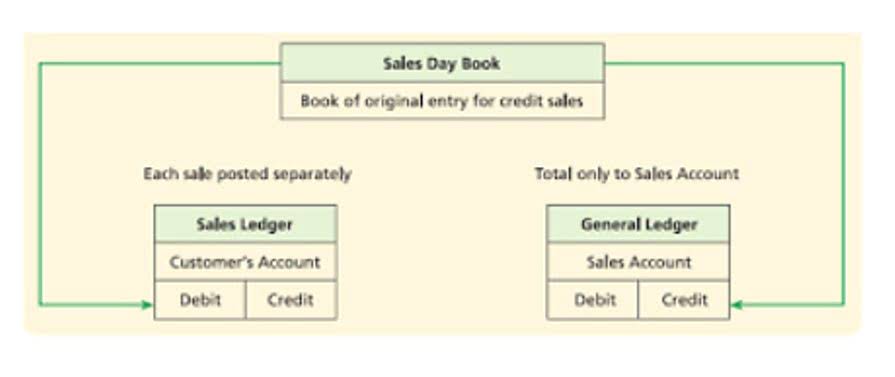
Understanding these principles is fundamental to the effective management of royalty agreements and the protection of intellectual property rights. Financial reporting for royalties requires meticulous documentation and transparency to ensure that all stakeholders accounting for royalty payments have a clear understanding of the financial impacts of these transactions. The reporting process begins with the accurate recording of royalty agreements in the financial statements, which must clearly outline the terms, rates, and bases for royalty calculations.
Key Principles of Revenue Recognition for Royalties

“Alternative assets,” as the term is used at Public, are equity securities that have been issued pursuant to Regulation A of the Securities Act of 1933 (as amended) (“Regulation A”). These investments are speculative, involve substantial risks (including illiquidity and loss of principal), and are not FDIC or SIPC insured. Alternative Assets purchased on the Public platform are not held in a Public Investing brokerage account and are self-custodied by the purchaser. The issuers of these securities may be an affiliate of Public Investing, and Public Investing (or an affiliate) may earn fees when you purchase or sell Alternative Assets. No offer to buy securities can be accepted, and no part of the purchase price can be received, until an offering statement filed with the SEC has been qualified by the SEC. An indication of interest to purchase securities involves no obligation or commitment of any kind.

Royalty Accounting for Modern Financial Professionals
- The length of the patent license is determined in the license agreement.
- Such information is time sensitive and subject to change based on market conditions and other factors.
- The payment of royalties provides a vital function in creating a fair and equitable way for innovators or owners of IP to receive due compensation for their work.
- Royalty payments ensure that the creators and owners of these properties are appropriately compensated.
- A franchisee of the McDonald’s Corporation has a typical initial down payment of 40% of the total for a new restaurant or 25% of the total for an existing one.
The royalty due to the developer is 4,000 (500 x 8.00), and the publisher posts the following journal entry to record the payment. Since the developer earns 8.00 for each game sold, the 5,000 represents a prepayment of 625 (5,000/8) sales. From the publishers point of view this is a prepayment and is included as a balance sheet current asset until the royalty is earned by the developer when the game is sold.
An Introduction to Royalty Accounting
To get through the rigors of tax season, CPAs depend on their tax preparation software. Sandra Habiger is a Chartered Professional Accountant with a Bachelor’s Degree in Business Administration from the University of Washington. Sandra’s areas of focus include advising real estate agents, brokers, and investors. She supports small businesses in growing to their first six figures and beyond.
- The terms of these licenses can be highly variable, with royalties based on factors such as the number of users, the volume of production, or a percentage of the licensee’s sales.
- To help understand this better, let’s take an example of accounting in five steps.
- Below you can see how royalty payments are accounted for in different countries from a tax perspective.
- Royalty payments are negotiated once through a legal agreement and paid continuingly by licensees to owners granting a license to use their intellectual property or assets over the license period.
- Sometimes, an arrangement involves milestone payments or a minimum guarantee.
- These rates can vary depending on factors such as the author’s notoriety, the type of publication, and the sales channel.
Bond ratings, if provided, are third party opinions on the overall bond’s credit worthiness at the time the rating is assigned. Ratings are not recommendations to purchase, hold, or sell securities, and they do not address the market value of securities or their suitability for investment purposes. An inventor or original owner may sell their product to a third party in exchange for royalties from the future revenues the product https://www.bookstime.com/articles/quickbooks may generate. Television satellite companies pay royalty payments to air the most viewed stations nationwide. In the oil and gas sectors, companies pay landowners royalties for permission to extract natural resources from their covered property. In many licensing agreements, royalty rates are defined as a percentage of sales, a payment per unit, or a percentage of the gross or net revenues obtained from the use of property.

- Explore key revenue streams, earnings by geography, historical dividends, and important risk factors for this asset.
- The license agreement sets the royalty rate and limits the extent to which the asset can be used.
- All investments involve the risk of loss and the past performance of a security or a financial product does not guarantee future results or returns.
- Once books are sold, the royalties are payable, then paid once or twice a year, according to the publisher, Penguin Books.
- Royalties are payments that purchase the rights to use, have, or make changes to someone else’s property, whether it’s intellectual property or other creative works.
- A royalty is compensation paid in exchange for the use of intellectual property or natural resources.
- There is no net effect on your company’s value, and as we look back, we can see that most of the impacts on value and profitability happen early.
